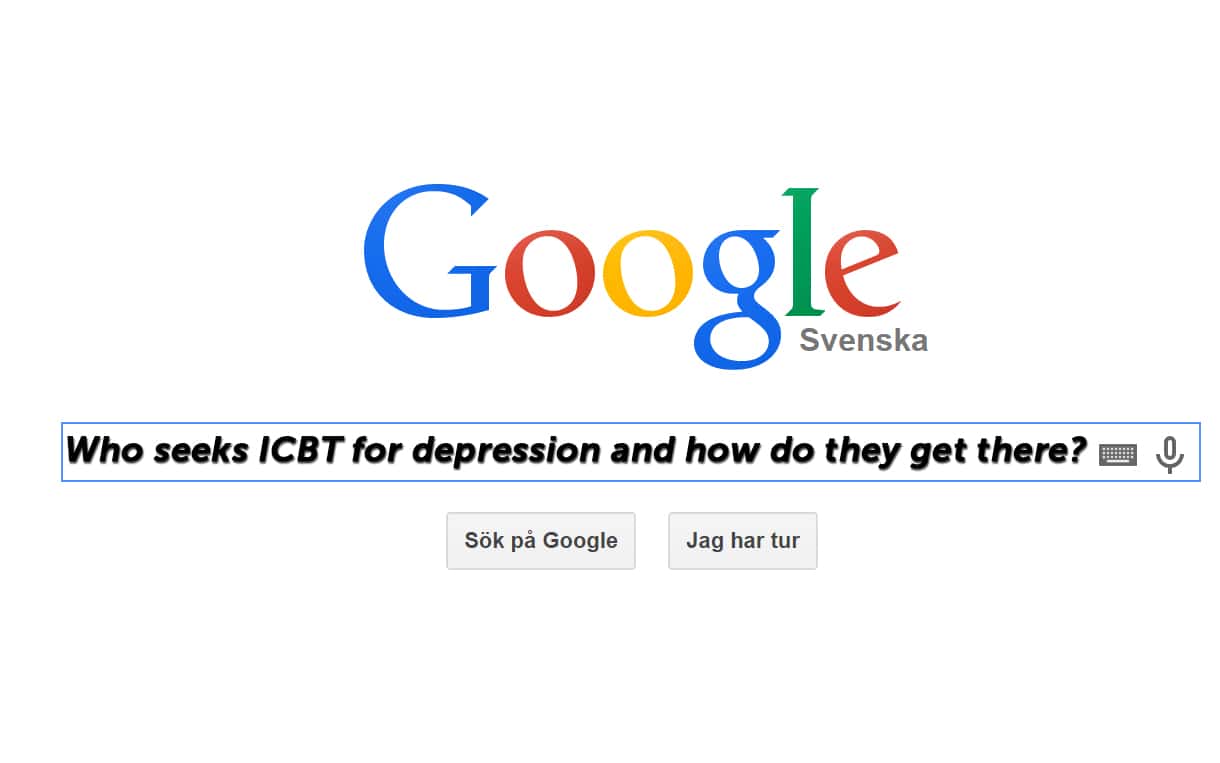Studies on internet-based cognitive behavior therapy (ICBT) frequently use several different sources of recruitment, yet no study has investigated whether different recruitment sources produce different clinical and demographic profiles among participants. Today we published a paper using data from a large sample (n=982) seeking ICBT for depression. We compared these characteristics on the basis of self-reported recruitment source. Recruitment sources that imply more active treatment-seeking behaviors (Google searches, viewing postings on mental health websites) presented more severe depression and anxiety than those recruited through more passive sources of information (newspaper advertisements, referrals by friends and family). In addition, a number of demographic differences between groups were found. These findings have important implications for ICBT research projects and clinical programs who employ open recruitment procedures and multi-modal recruitment strategies, and who wish to recruit representative samples or target specific subgroups. Replications in other countries will however be required to establish cross-cultural patterns.
We show that self-rated recruitment source is associated with somewhat different clinical and demographic characteristics of individuals seeking ICBT for depression. Distinguishing effects were especially pronounced for those recruited by sources implying either more active treatment-seeking behaviors (e.g. via Google searches and visiting websites on mental well-being), and more passive ones (via newspaper advertisements and referrals by friends and family). Some demographic differences between groups were also found.
Read the full paper (open access):
Lindner, P., Nyström, M. B. T., Hassmén, P., Andersson, G., & Carlbring, P. (2015). Who seeks ICBT for depression and how do they get there? Effects of recruitment source on patient demographics and clinical characteristics. Internet Interventions, 2(2), 221-225. doi: 10.1016/j.invent.2015.04.002
